Simply put, the newest Porsche 911 GT3 RS is designed to give maximum performance on and off the track.
Porsche took everything they learned from motorsports in terms of technology and concepts for the new 911 GT3 RS. Though it was equipped with a high-revving naturally aspired engine developed from motorsport and was given a lightweight construction, above all, it is the cooling and the aerodynamic system that its connection with its motorsport-related predecessor, the 911 GT3 R, could be seen.
Motorsport-inspired Central Radiator Concept
The concept of a central radiator was the reason for the huge performance boost of the new 911 GT3 RS. It was first used in the Le Mans class-winning 911 RSR and was also used on the 911 GT3 R. Forgoing the three-radiator layout that was on its predecessors, the new 911 GT3 RS was equipped with a large, angled center radiator in the front, where the luggage compartment is located on other 911 models. The free space that was produced from the new layout allowed for the integration of active aerodynamic elements.
409 kg of total downforce at 200 km/h is achieved thanks to the continuously adjustable wing elements in the front as well as the two-part rear wing, and a few other aerodynamic measures. In a nutshell, the new 911 GT3 RS generates twice as much downforce compares to its predecessor, the 991.2-generation, and three times as much downforce compared to the current 911 GT3. The total downforce is 860 kg at 285 km/h.
For the first time, Porsche is adding a drag reduction system (DRS) as standard. With just a push of a button (and within specific operating range) the DRS flattens the wings to achieve low drag and higher speeds on the straight sections of the track. During emergency braking at high speeds, the airbrake function is activated where the wing elements at the front and rear are then set to maximum, creating aerodynamic deceleration effect that notably supports the wheel brakes.
Functional aerodynamic elements greatly influenced the aesthetic of the new 911 GT3 RS. The swan-neck-supported rear wing is the most prominent feature of the new GT3 RS as it is significantly larger in all dimensions, consisting of a fixed main wing and upper wing element that can be adjusted hydraulically.
Another first in a Porsche production vehicle is the position of the rear wing where its upper edge is higher than the car’s roof. Porsche also removed the front spoiler in the 911 GT3 RS and instead it now has a front splitter that divides the air the flows over and underneath. The sideblades help guide the air outwards while the louvred openings in the front wings provide front wheel arch ventilation.
Influenced by the iconic Le Mans-winning 911 GT1, there are inlets behind the front wheels minimizing the dynamic pressure in the wheel arches. Ensuring that the air is guided towards the side of the vehicle are sideblades positioned behind the intake. Large nostrils on the front lid lets the air flow from the centrally positioned radiator. Ensuring cooler intake temperatures in the rear are fins on the roof that help direct the air outwards.
Openings on the rear side panel in the new 911 GT3 RS are exclusively used to improve aerodynamics and to stop drawing in process air. Even the rear wheel arch has an intake and a sideblade to optimize the airflow. Taken from the 911 GT3, is a slightly adapted rear diffuser.
Cockpit-controlled Track Suspension
Porsche also checked the suspension’s aerodynamic effect. The components of the double-wishbone front axle were given teardrop-shaped profiles since the wheel arches of the new 911 GT3 RS are exposed to powerful airflows. The links are aerodynamically efficient as it maximizes downforce on the front axle by roughly 40 kg at top speed. Normally, these are only used in high-end motorsport applications. With the track being 29 mm wider compared to the 911 GT3, the double-wishbone front axle links are also longer.
Suspension engineers greatly reduced pitching under braking to ensure that the downforce balance between the front and rear axles is kept even when the car is braking at high speeds. They also lowered the front ball joint of the lower trailing arm on the front axle. Using modified spring rates, they also adjusted the multi-link rear axle.
The 911 GT3 RS have three driving modes: Normal, Sport, and Track. When in Track mode, basic settings can be adjusted individually. Another setting that can be adjusted separately and in several stages are the rebound and compression damping of the front and rear axles. Rotary controls on the steering wheel adjusts the rear differential which is done quickly and intuitively with an operating and display concept taken from motorsport.
The steering wheel also houses four individual rotary controls and a button that controls the Drag Reduction System (DRS). During the adjustment process, the rotary controls are displayed clearly through the graphics in the instrument cluster. 911 GT3 track screen features can also be seen in the new 911 GT3 RS. At the touch of a button, the driver can have the two seven-inch side displays to only show essential information. The GT3’s gearshift indicators on the left and right of the analogue tachometer can also be seen on the new 911 GT3 RS.
High-revving, 4.0-Liter Six-cylinder Boxer Engine
Compared to the 911 GT3, they further optimized the 4.0-liter high-revving naturally aspirated engine. New camshafts with modified cam profiles increased the power of the new 911 GT3 RS to 386 kW (525 PS). It is also equipped with motorsport-inspired single-throttle intake system and rigid valve drive. Compared to the 911 GT3, the overall gear ratio of the seven-speed Porsche Doppelkupplung (PDK) is shorter. Air intakes were placed on the underbody of the car so that even during frequent use on track, the transmission will be able to withstand the extreme loads. The 911 GT3 RS can accelerate from zero to 100 kph in just 3.2 seconds, and in seventh gear it can reach a top speed of 296 kph.
Brake discs with a 408-mm diameter and aluminum monobloc fixed-caliper brakes with six pistons each are used on the front axle. With 32mm diameter, the piston of the 911 GT3 RS is 2mm bigger compared to the 911 GT3. They also increased the thickness of the discs to 36 mm from only 34 mm. For the rear axles, it has kept the 380-mm brake discs and four-piston fixed-caliper brakes.
As an option, the Porsche Ceramic Composite brake (PCCB) with 410 mm discs on the front axle and 390 mm discs on the rear axle can be used. As standard, the new 911 GT3 RS rides on forged light-alloy center-lock wheels wrapped in road-legal sports tires measuring 275/35 R 20 at the front and 335/30 R21 at the rear so that a high level of mechanical grip is ensured.
Lightweight Construction
Starting from the legendary 911 Carrera RS 2.7, intelligent lightweight construction has been one of the basic principles of the RS model. Despite a lot of larger components, the 911 GT3 RS still weights only 1,450 kg (kerb weight according to DIN) due to the variety of lightweight construction methods used like the extensive use of CFRP. Some of parts made from CFRP include the doors, roof and front lid, and front wings. Lightweight CFRP is not confined to the exterior as it can also be seen in the interior of the car like the standard full bucket seats.
Clubsport and Weissach Packages
For the interior of the new 911 GT3 RS, it is finished in typical RS fashion: black leather, Racetex and carbon-weave finish to show its purist, sporting ambiance. At no extra cost, the 911 GT3 RS can come with the Clubsport package which includes a steel rollover bar, hand-held fire extinguisher, and six-point seat belts for the driver.
The Weissach package will also come at no extra costs despite offering so much more. Carbon-weave finish is used on the front lid, roof, upper shell of the exterior mirrors, and parts of the rear wing. Adding to further improvement of the driving dynamics are the front, shear panel on the rear axle, and rear anti-roll bars and the rear coupling rods that were all made out of CFRP. For the first time, Porsche created the rollover bar from CFRP and is roughly six kilograms lighter compared to the steel version.
The PDK shift paddles with motorsport-derived magnet technology is also part of the Weissach package. It provides a more dynamic gear change due to its more precise pressure point and clearly perceptible click. As an option in the Weissach package, clients can add the magnesium forged wheels which saves an additional eight kilograms.
Exclusive Porsche Design Chronograph
Taking inspiration from the motorsport mindset where maximum precision takes precedence, Porsche’s watchmaking operation in Solothurn, Switzerland developed the 911 GT3 RS chronograph. Exclusive for owners of the new 911 GT3 RS, the watch is based on a glass-bead blasted case, made from either natural or black titanium, with a screw-down crown. Inside the watch is COSC-certified chronograph caliber WERK 01.200 from Porsche Design.
It has a flyback function that that enables the wearer to start, stop, and reset the second hand with just one action. It features ‘Start/Stop’ and ‘Next Lap’ laser engravings that show that the chronograph is not limited to only telling the time. It also has a pulsometer scale on the bezel and other design features and materials from the GT3 RS.
The new 911 GT3 RS can now be ordered and price starts at €229,517 in Germany.


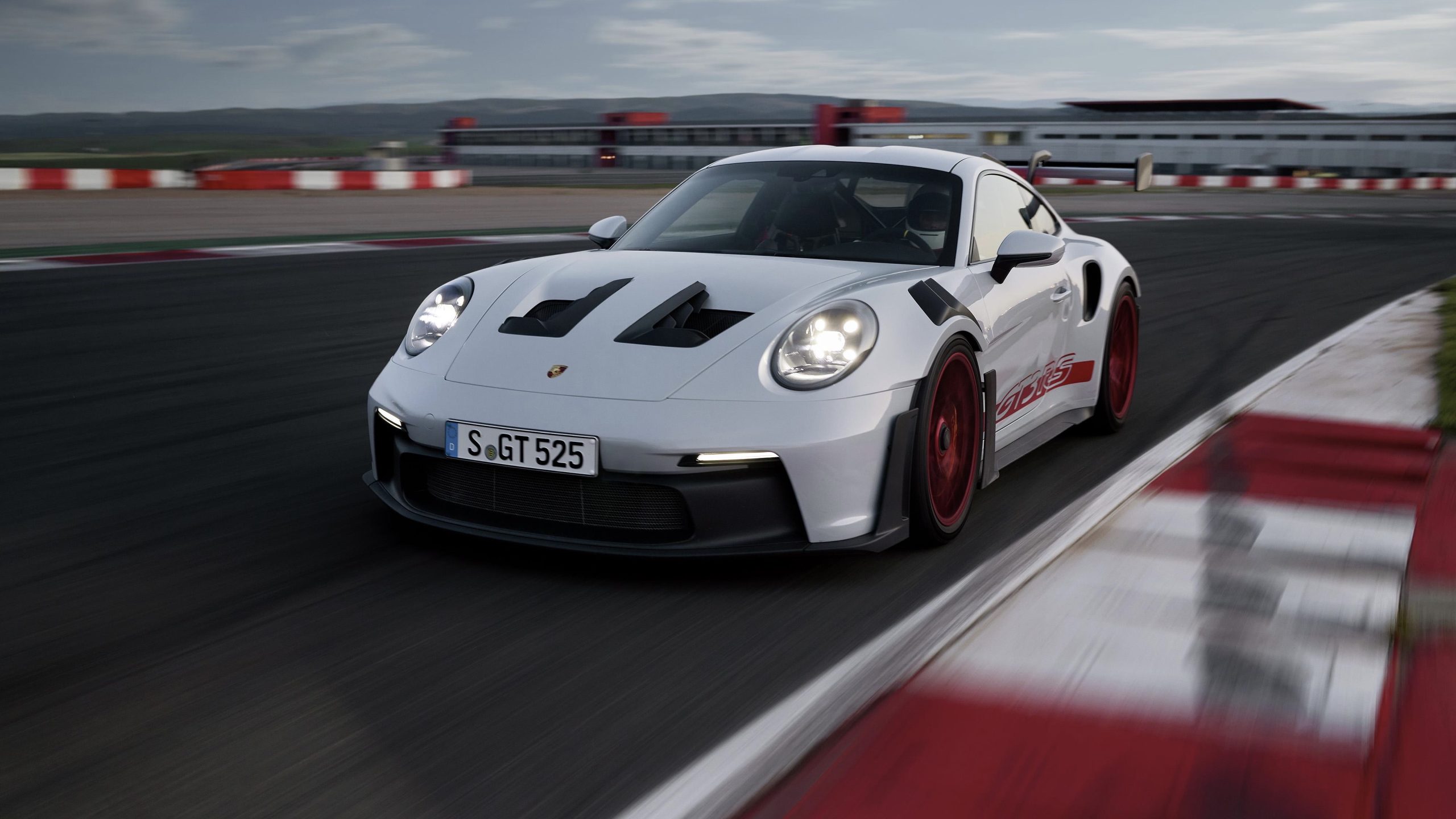
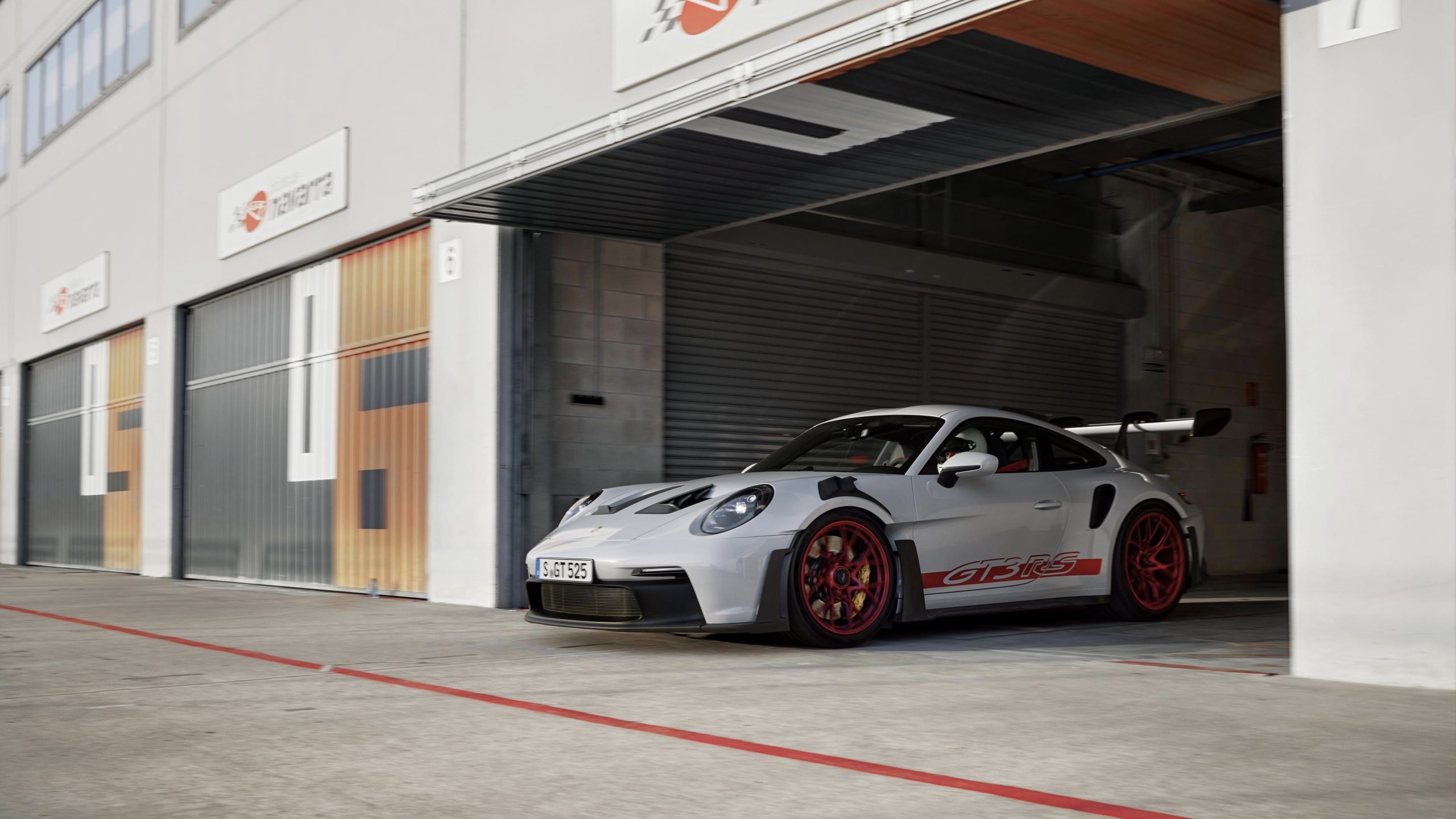

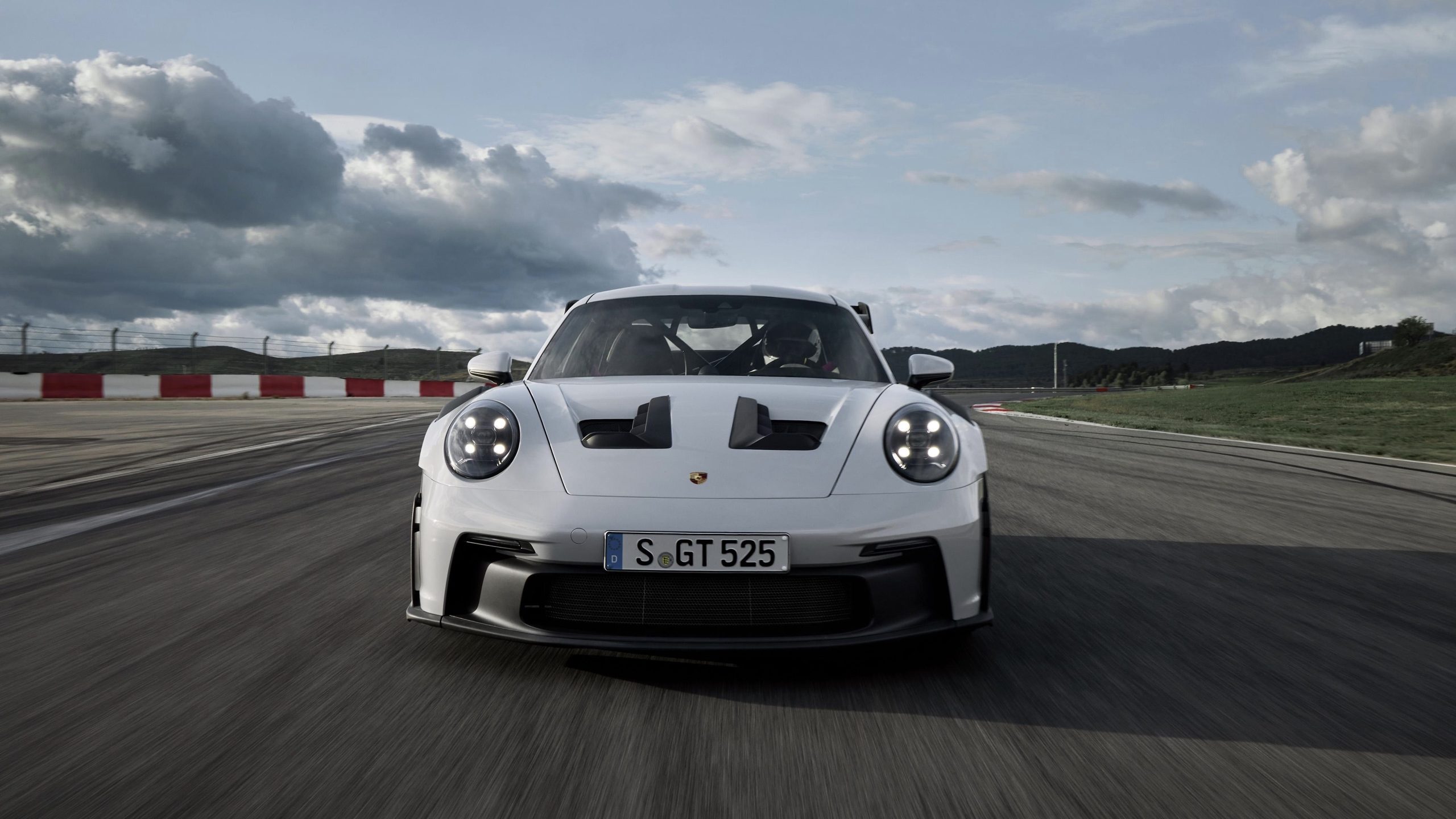
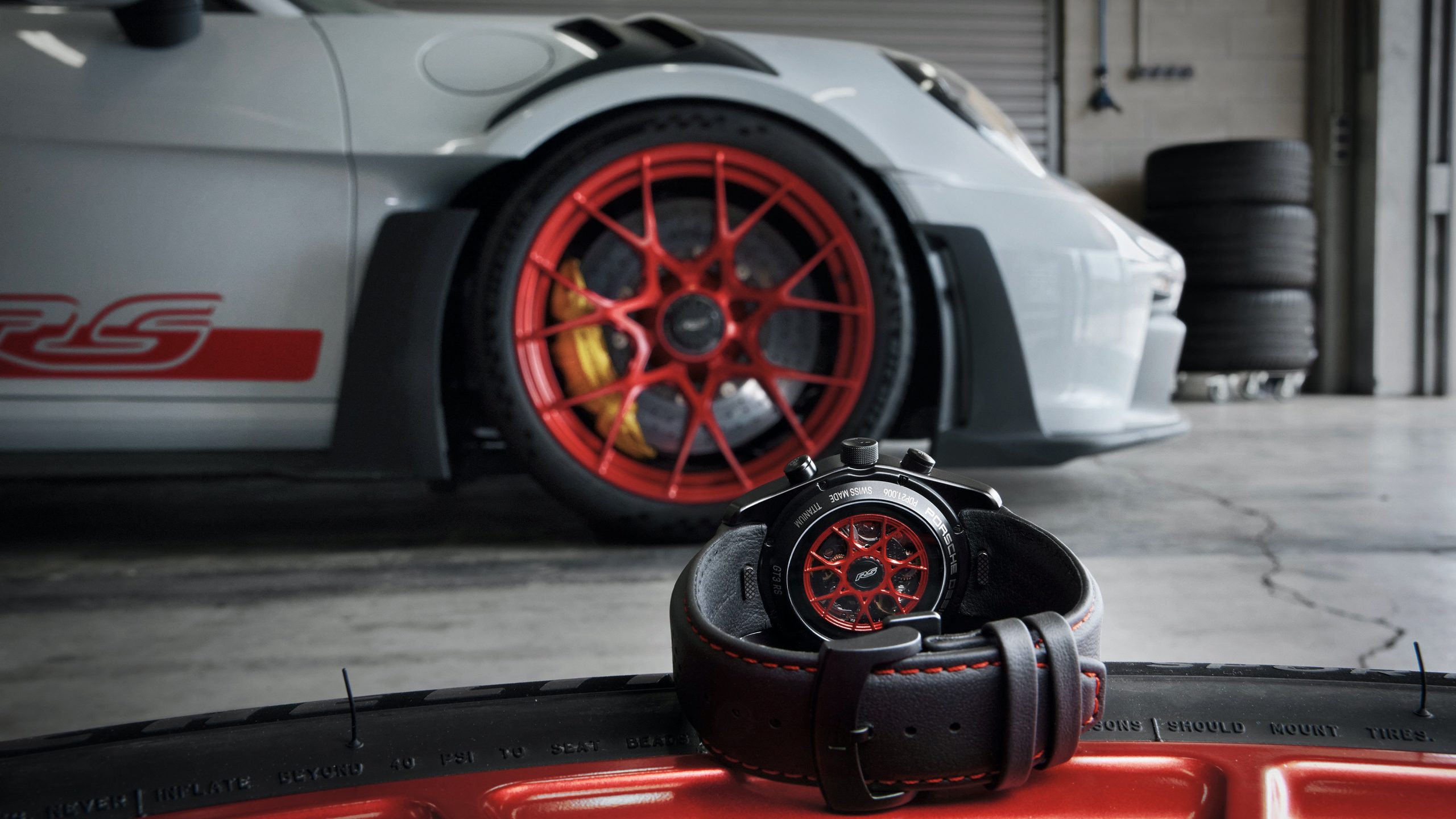


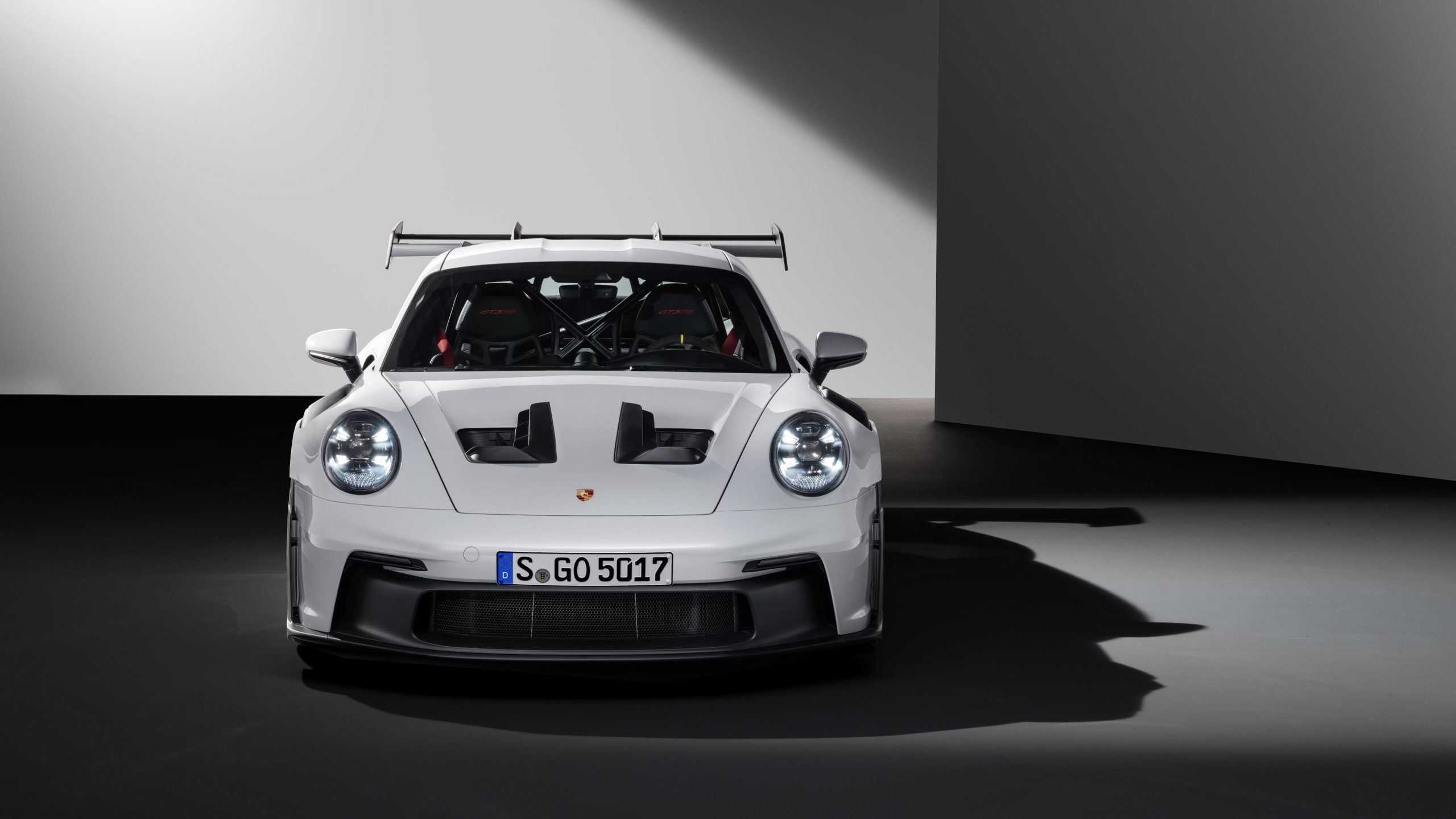

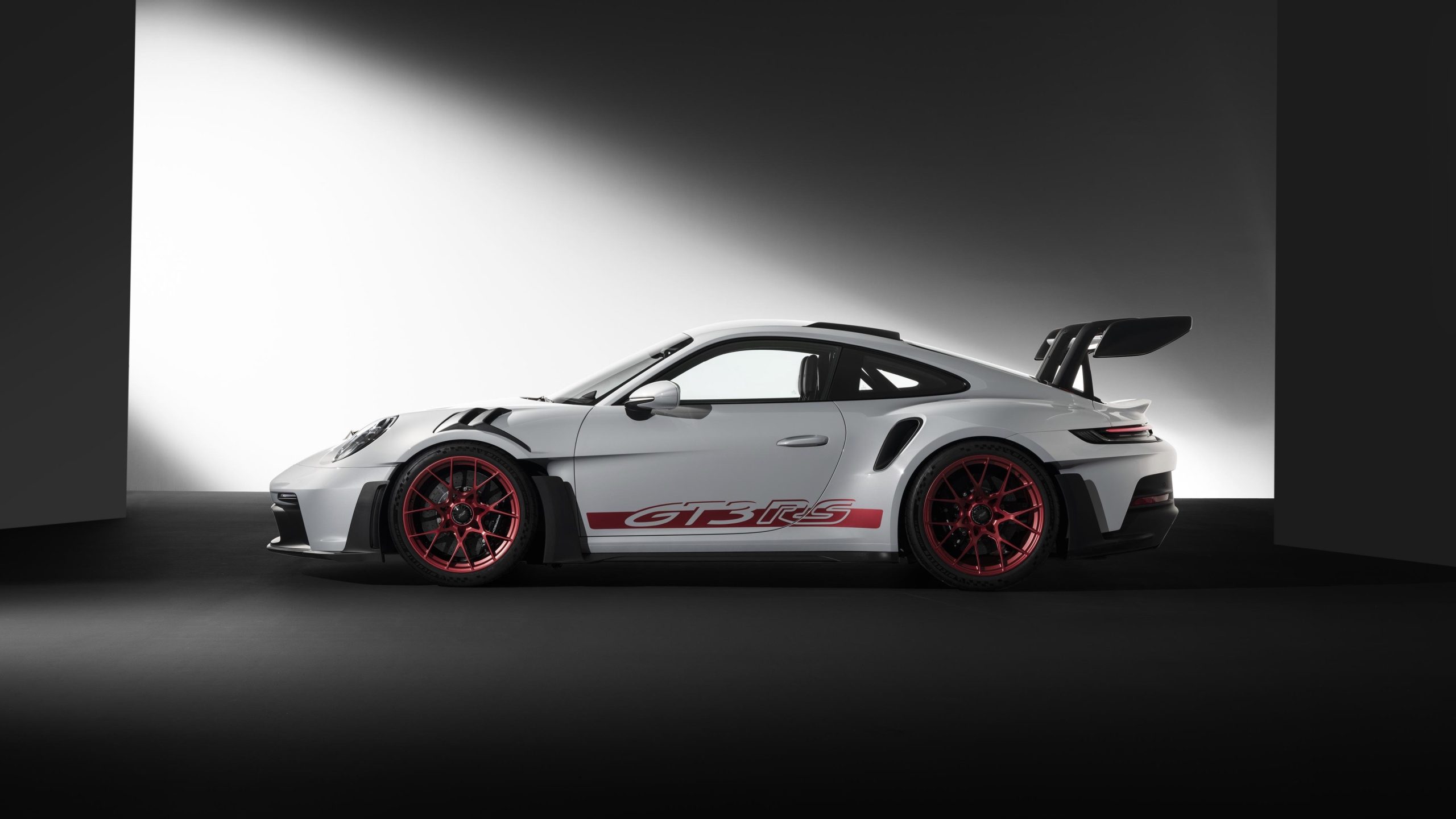
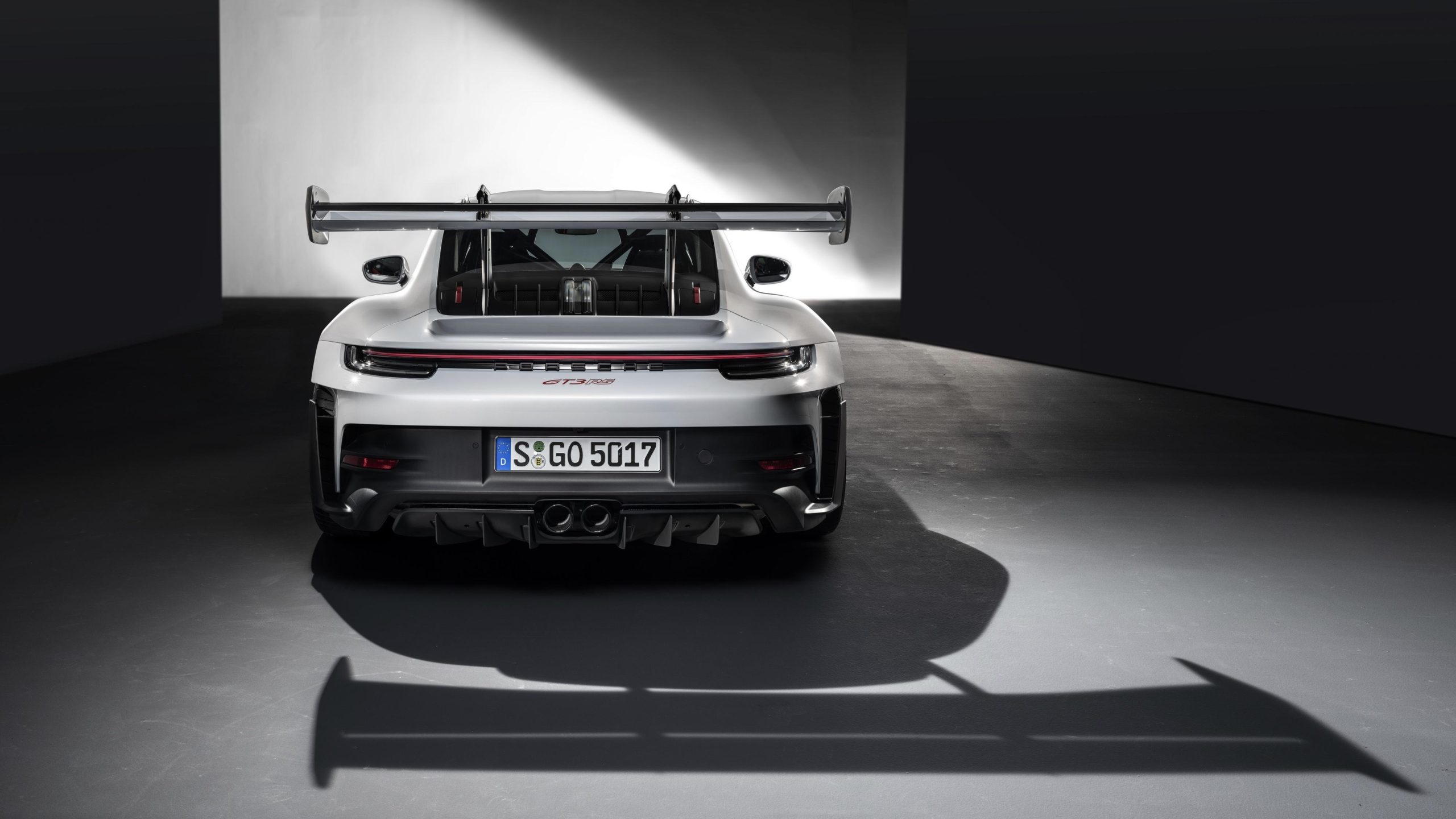
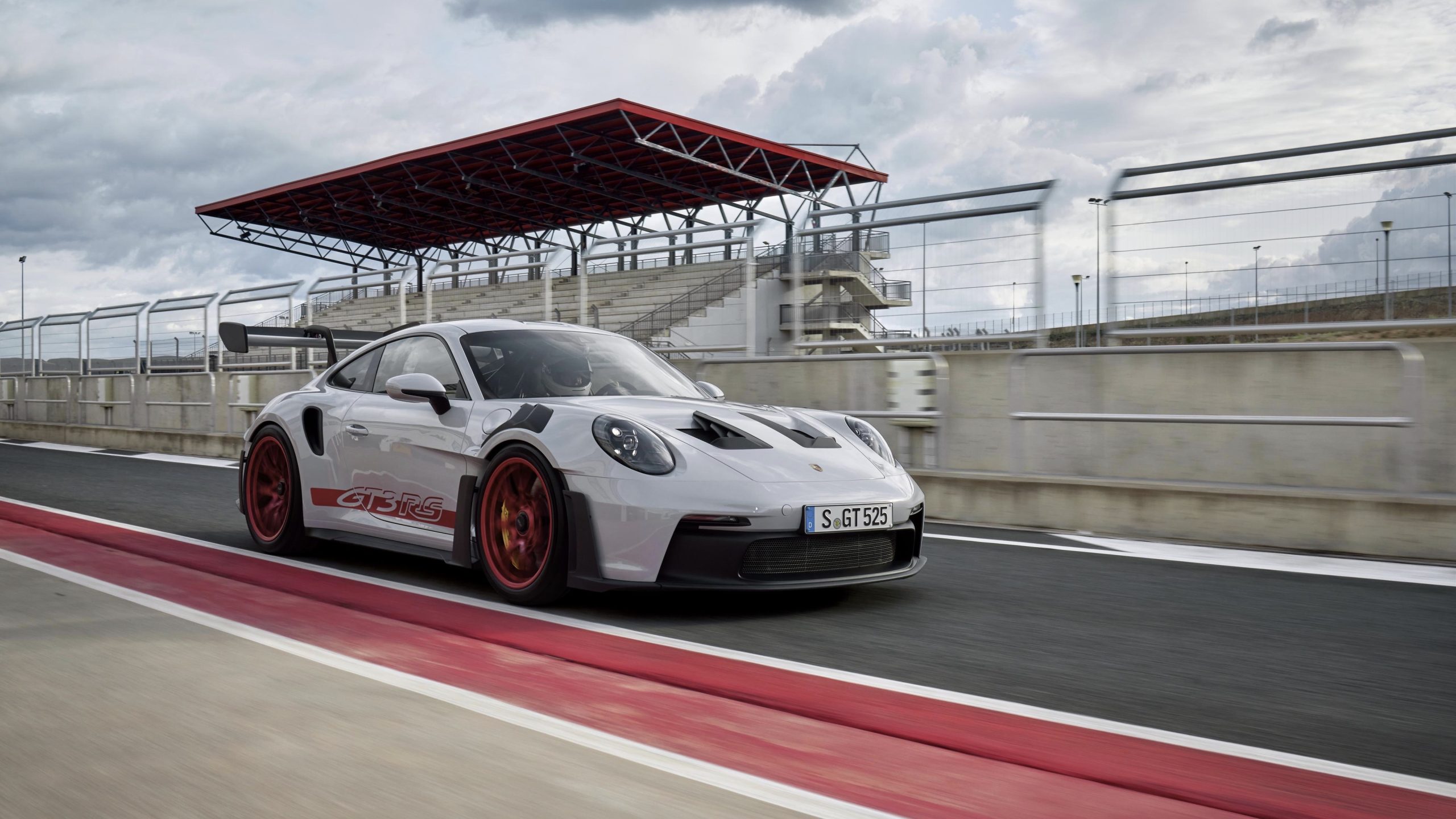
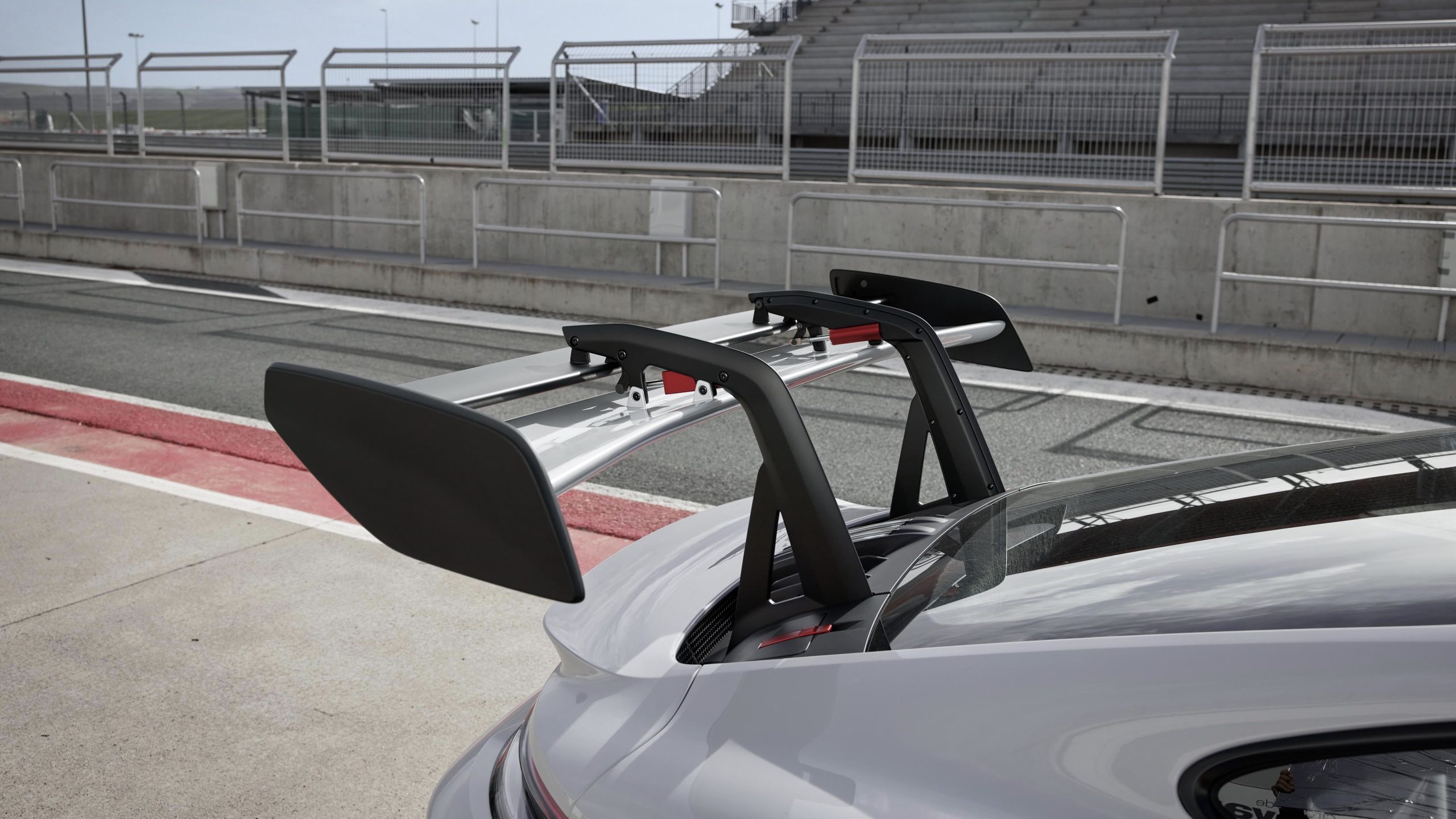
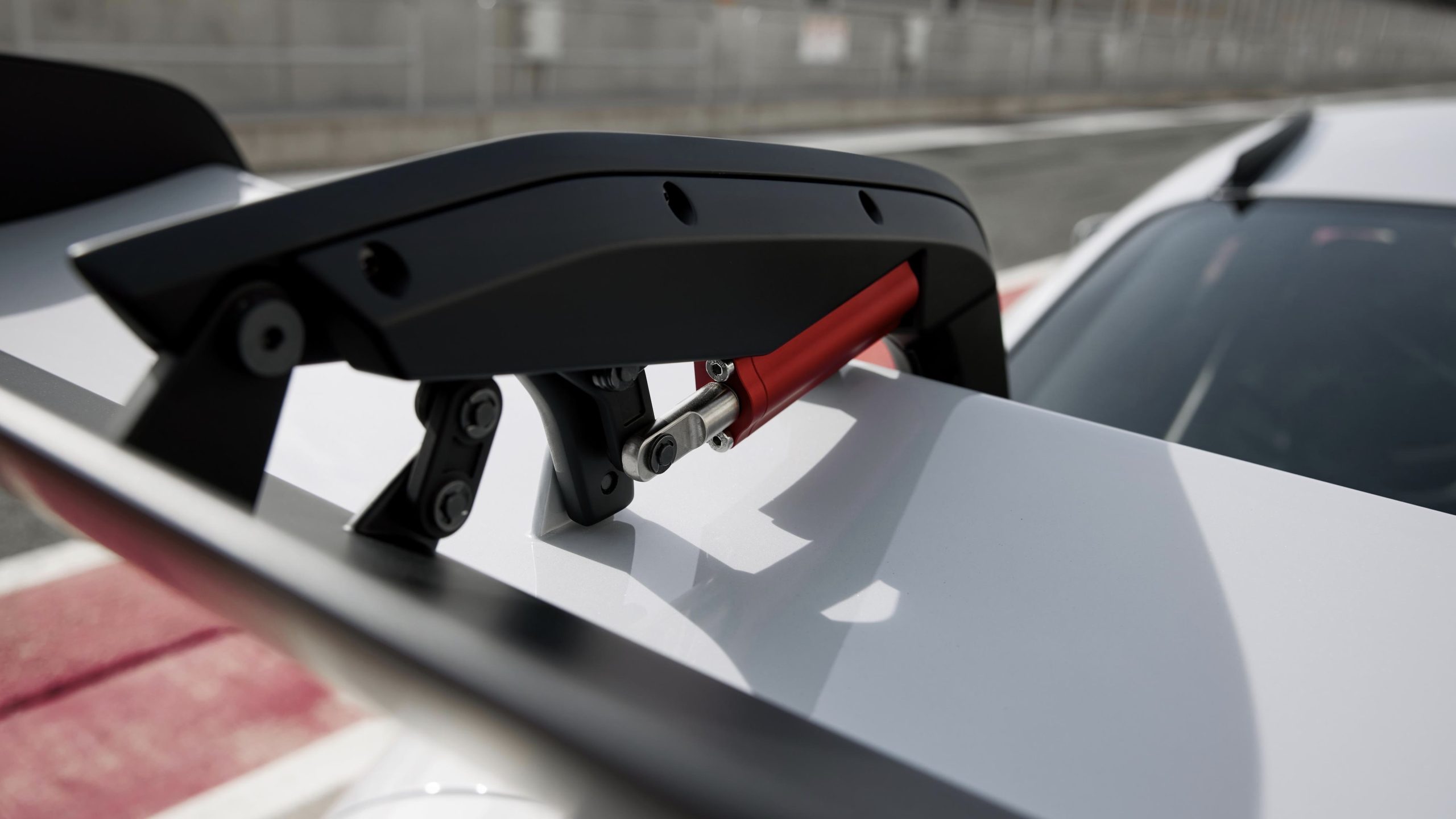
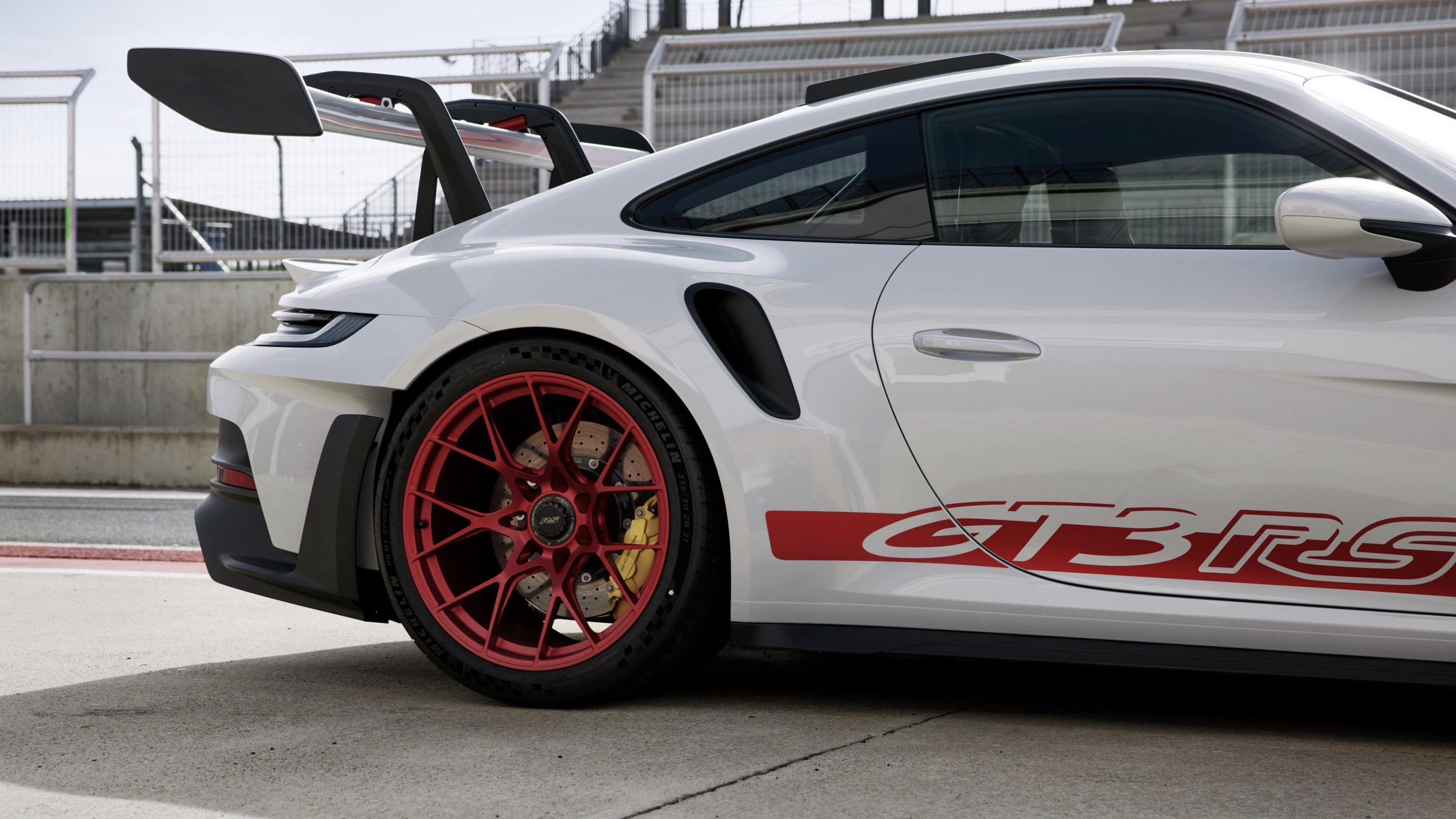
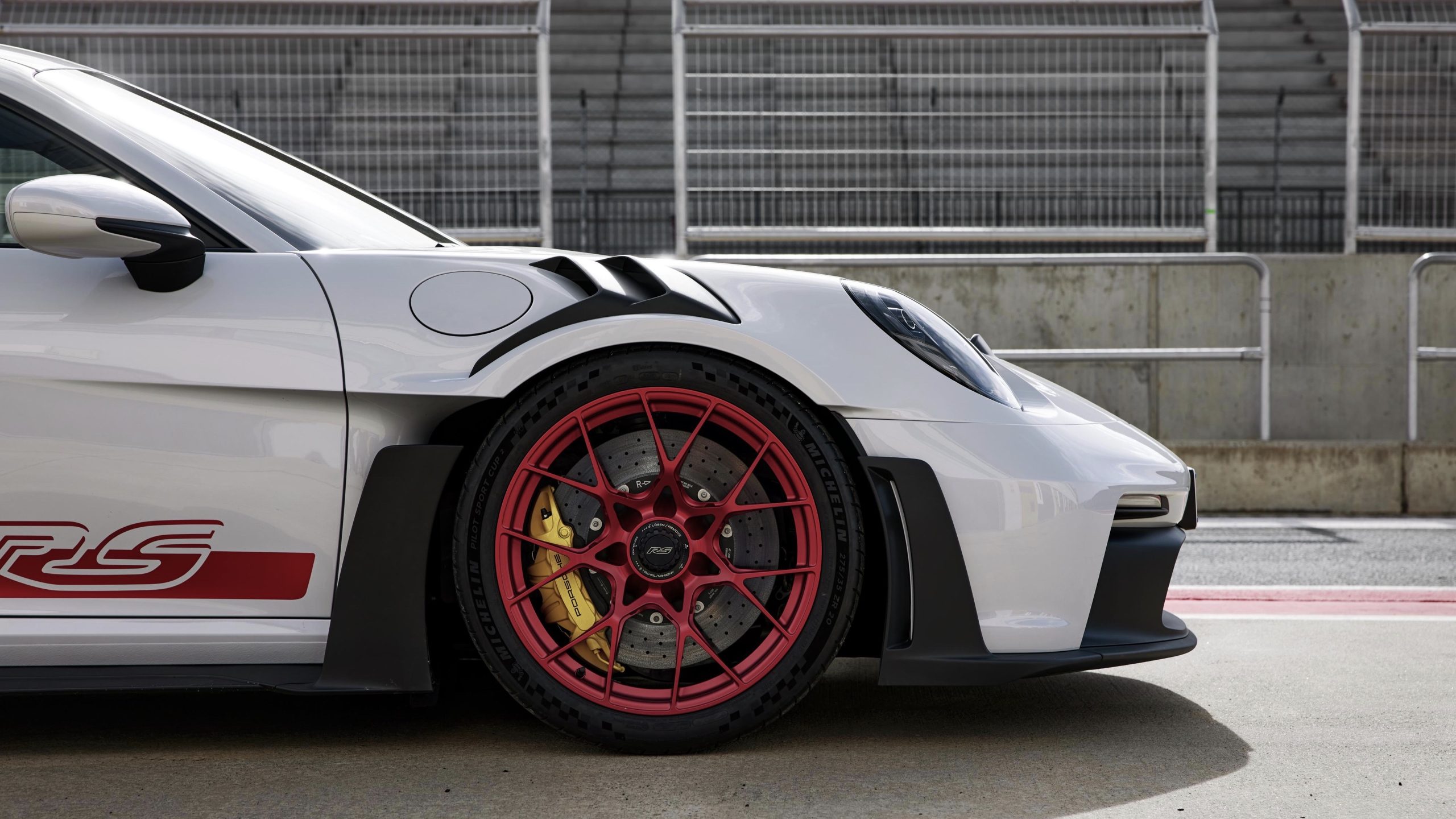
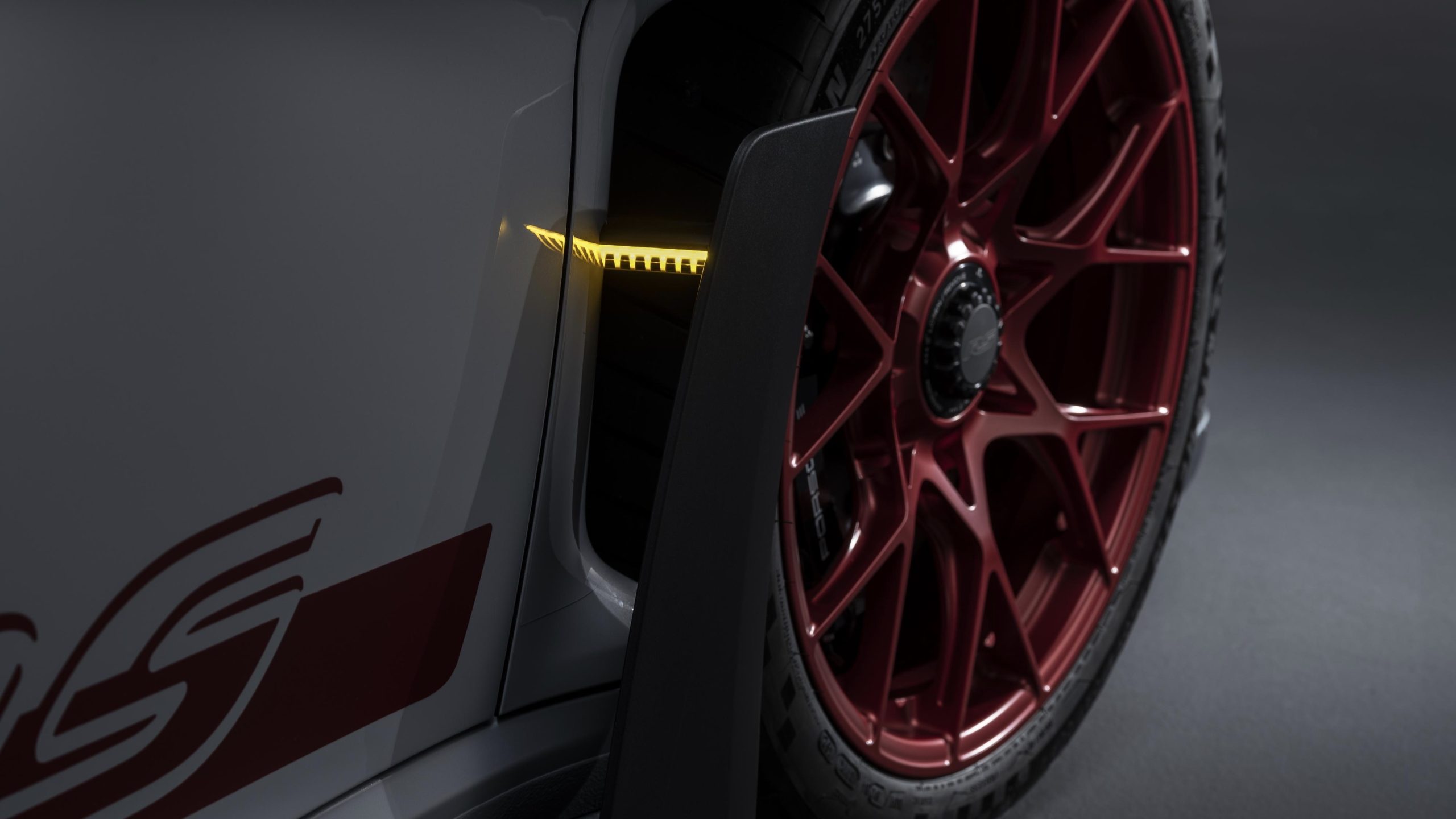
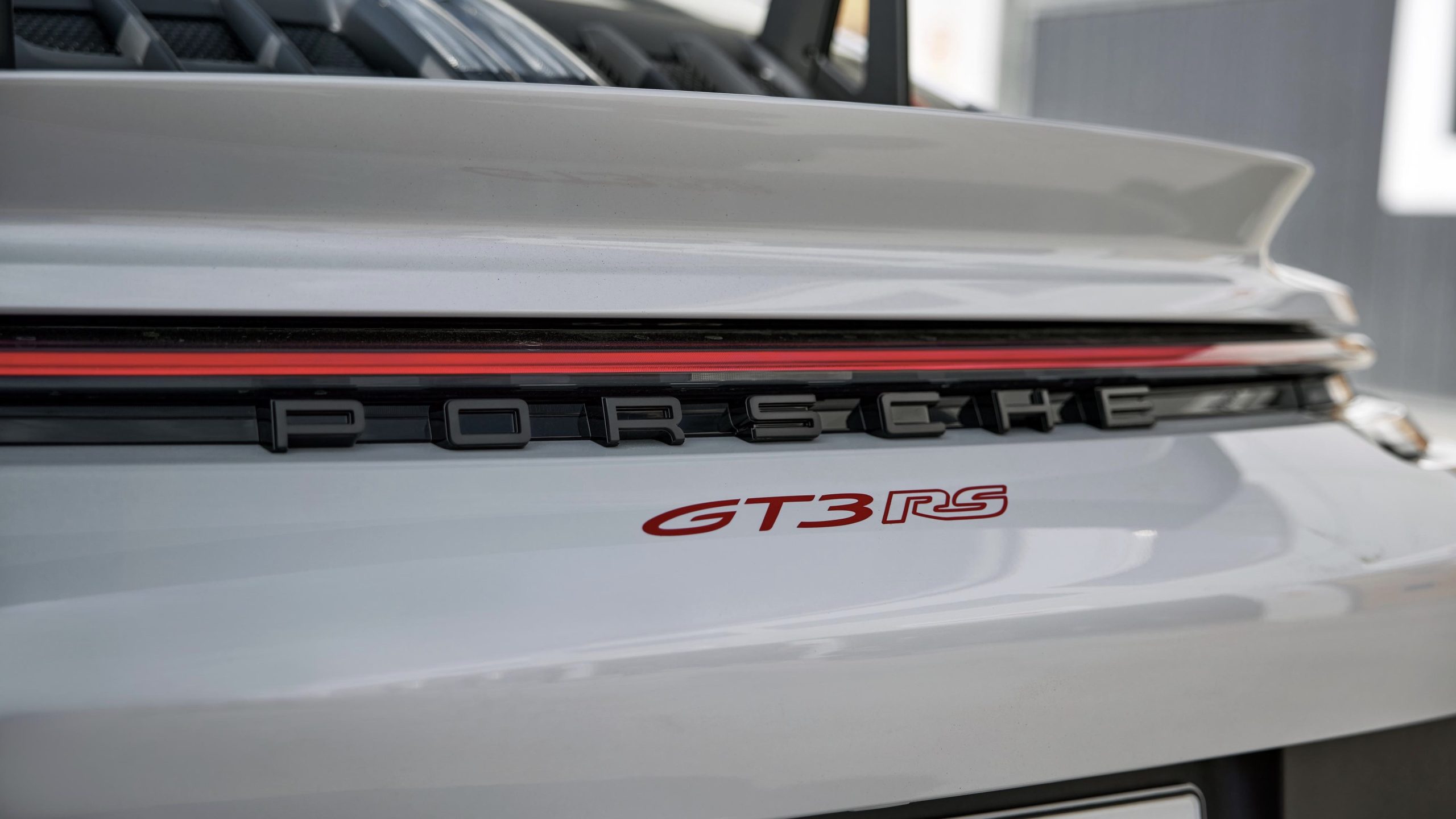
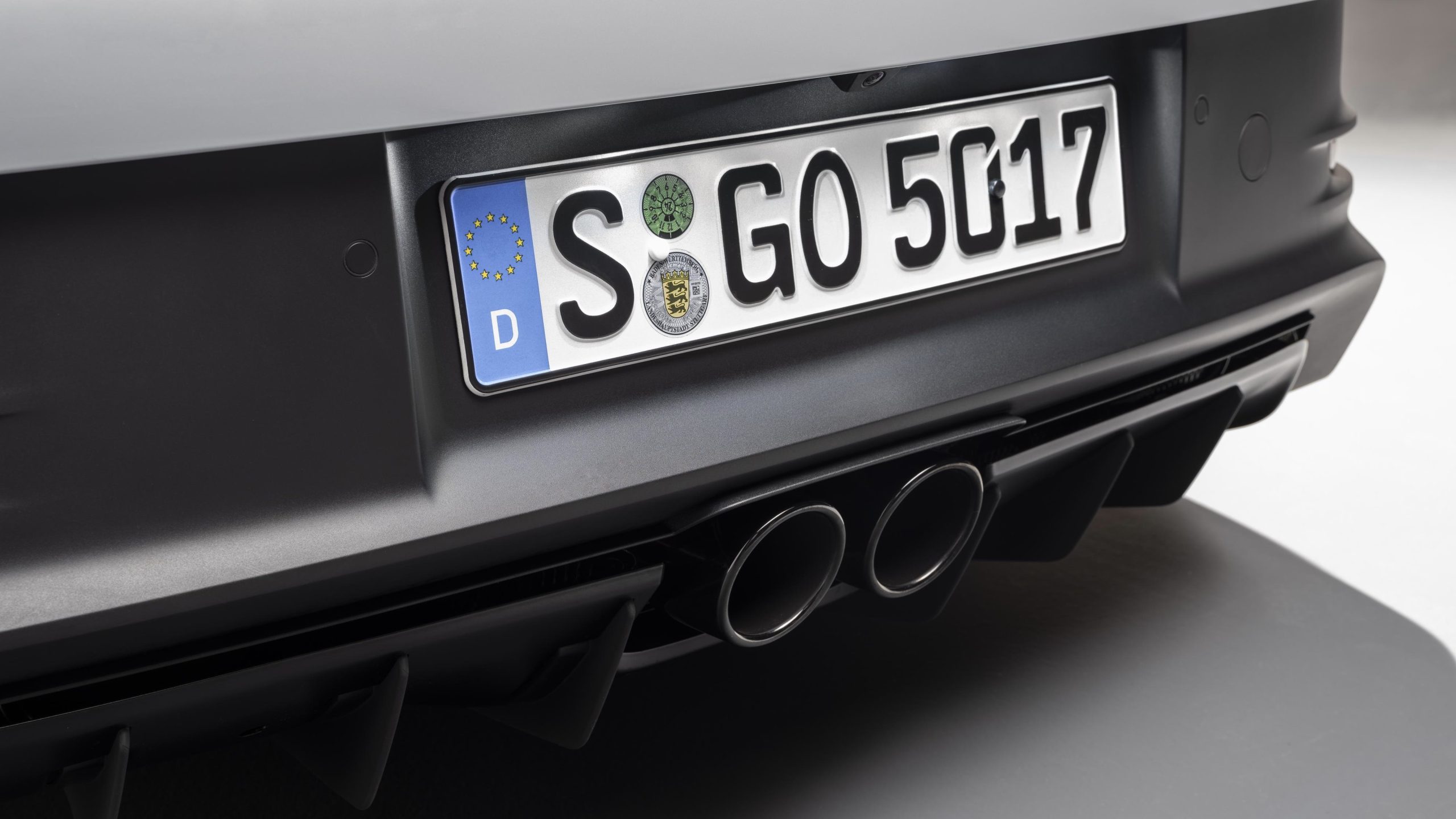
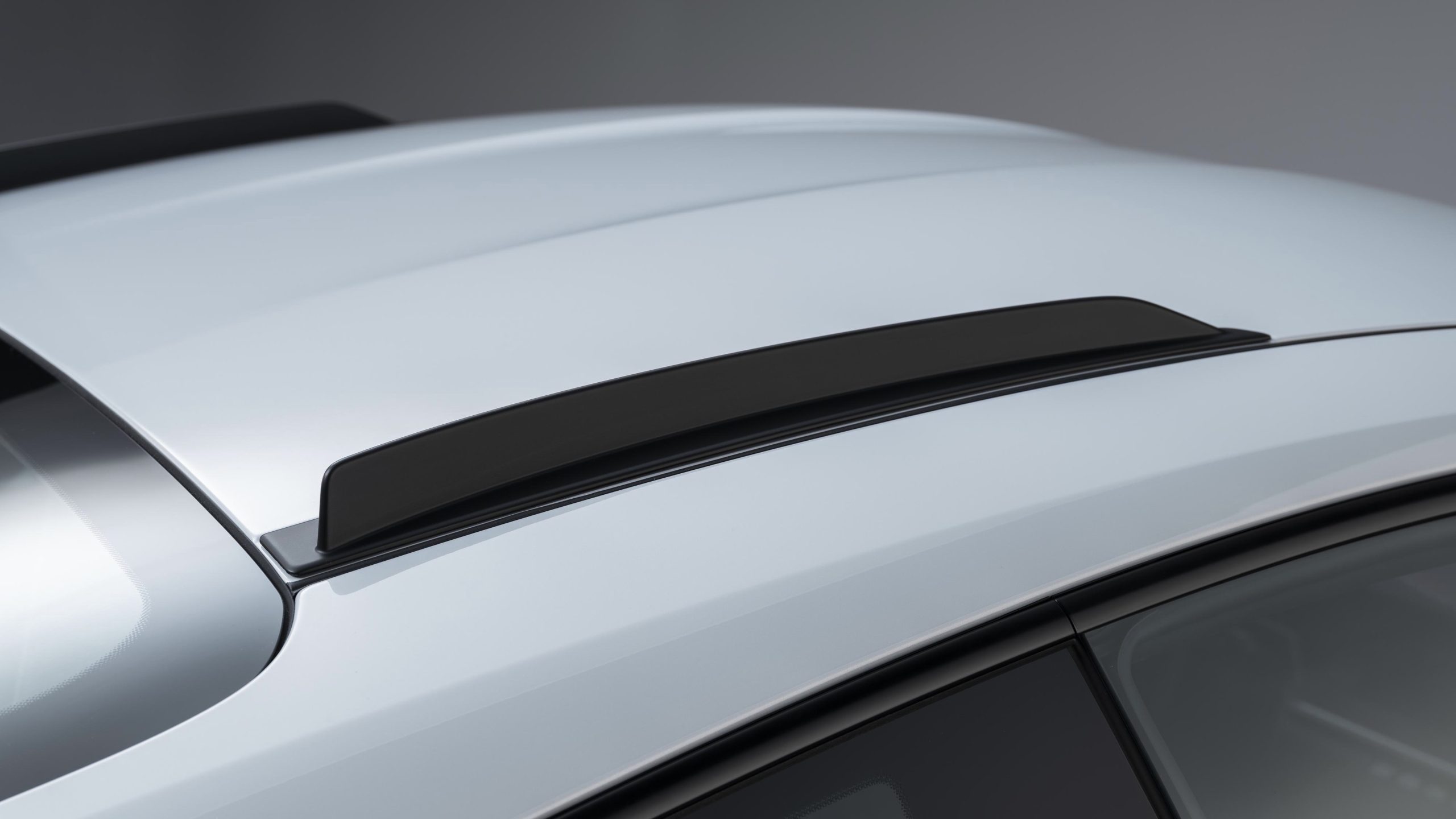
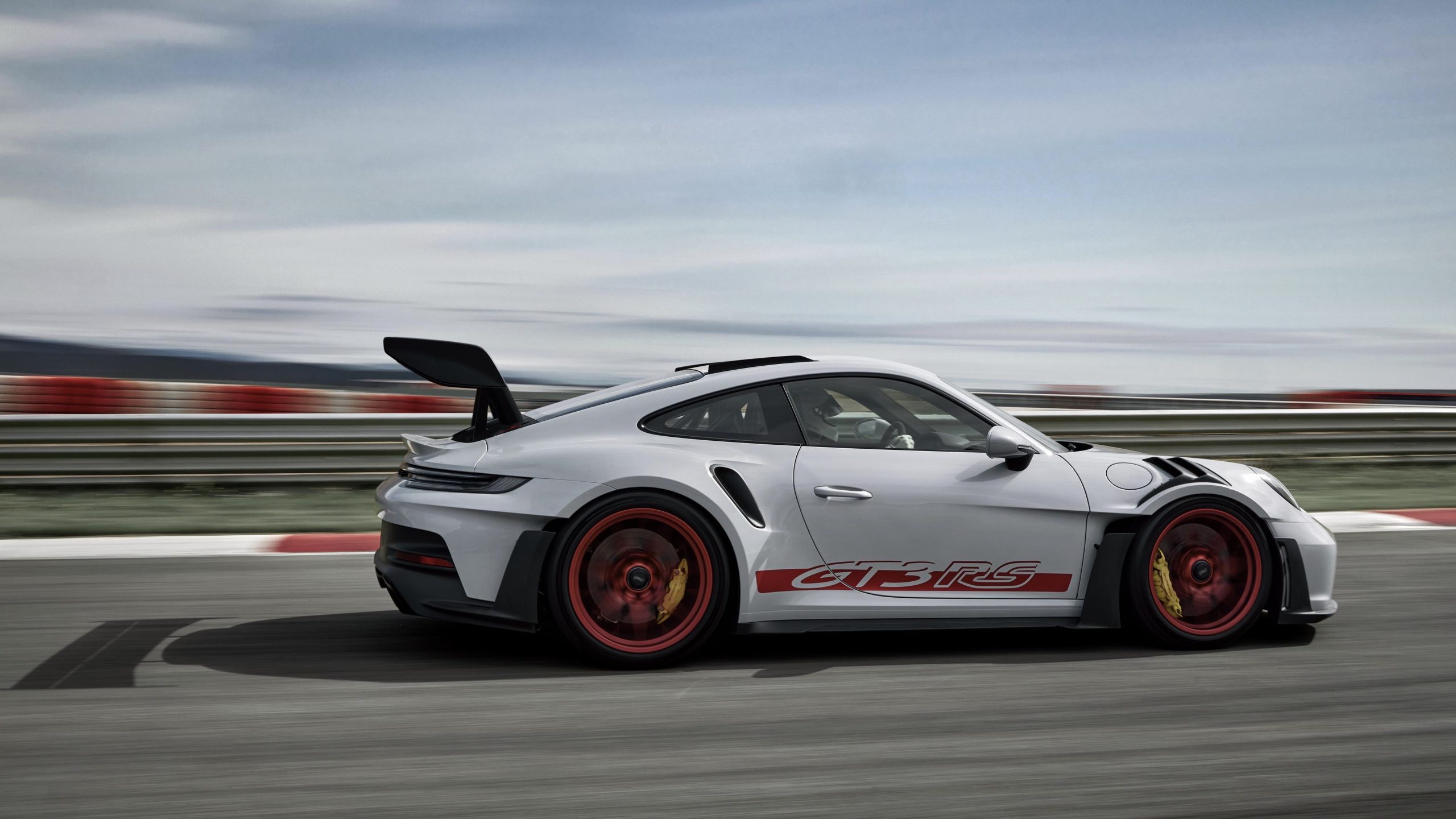


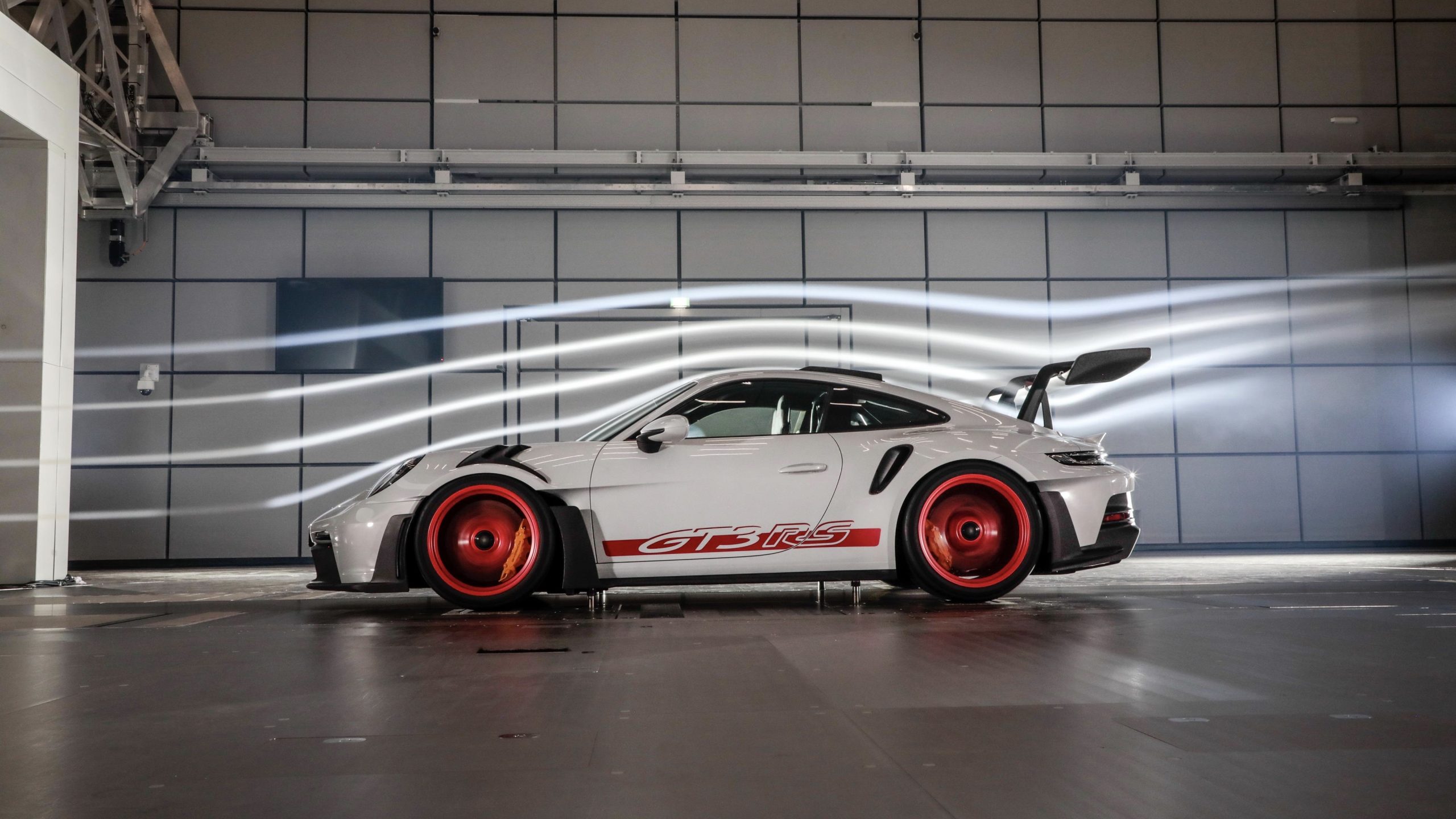
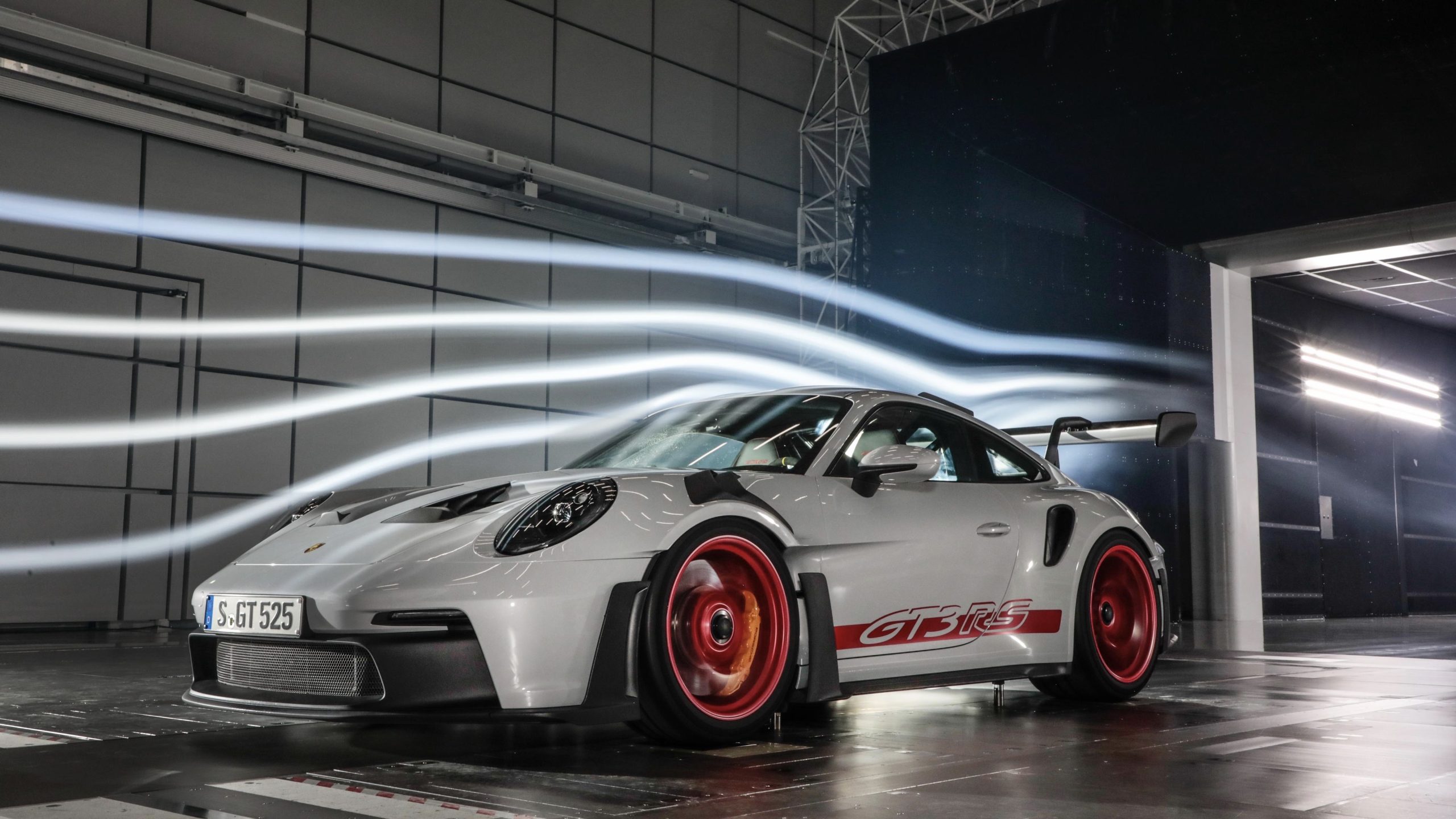
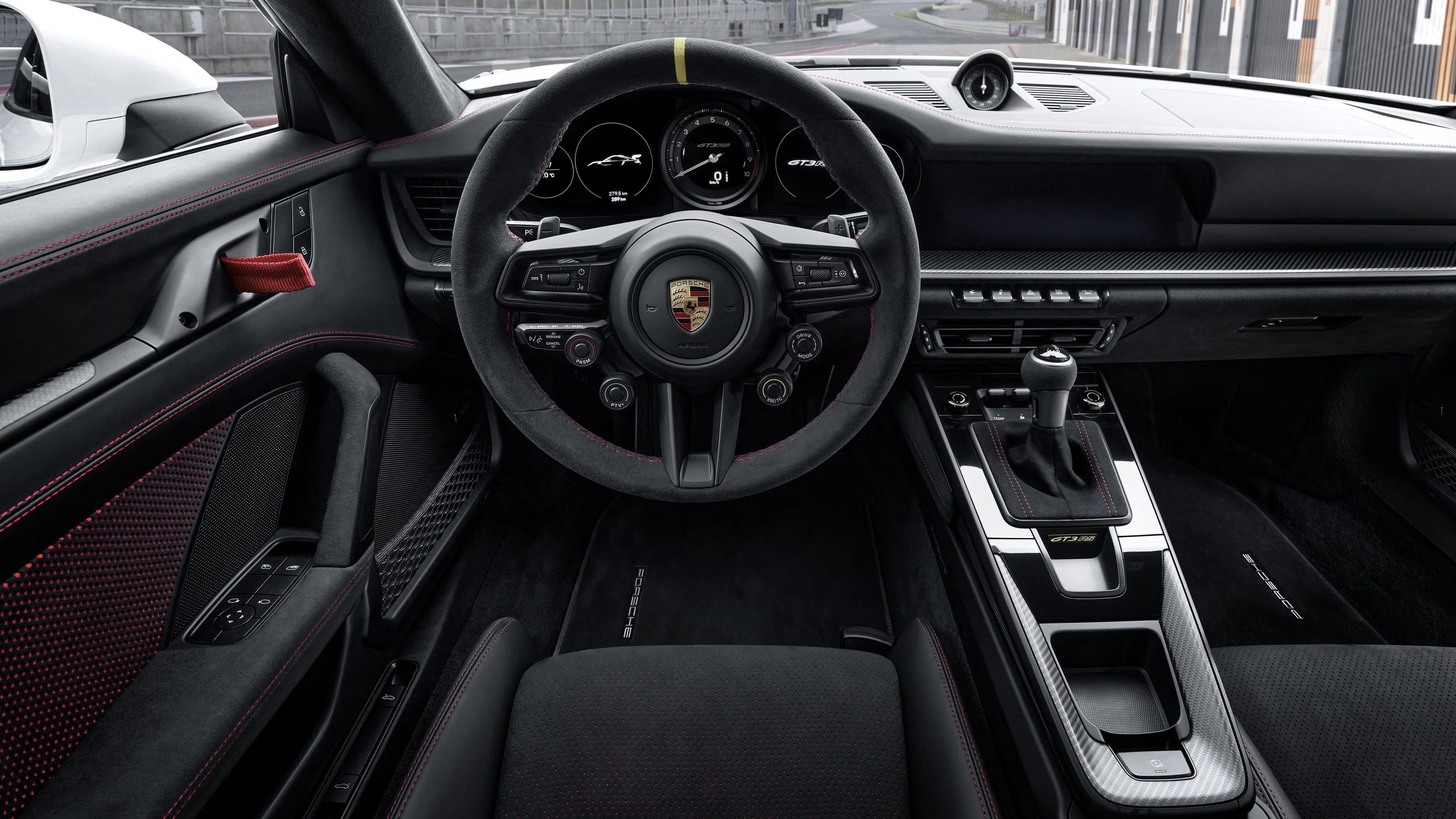
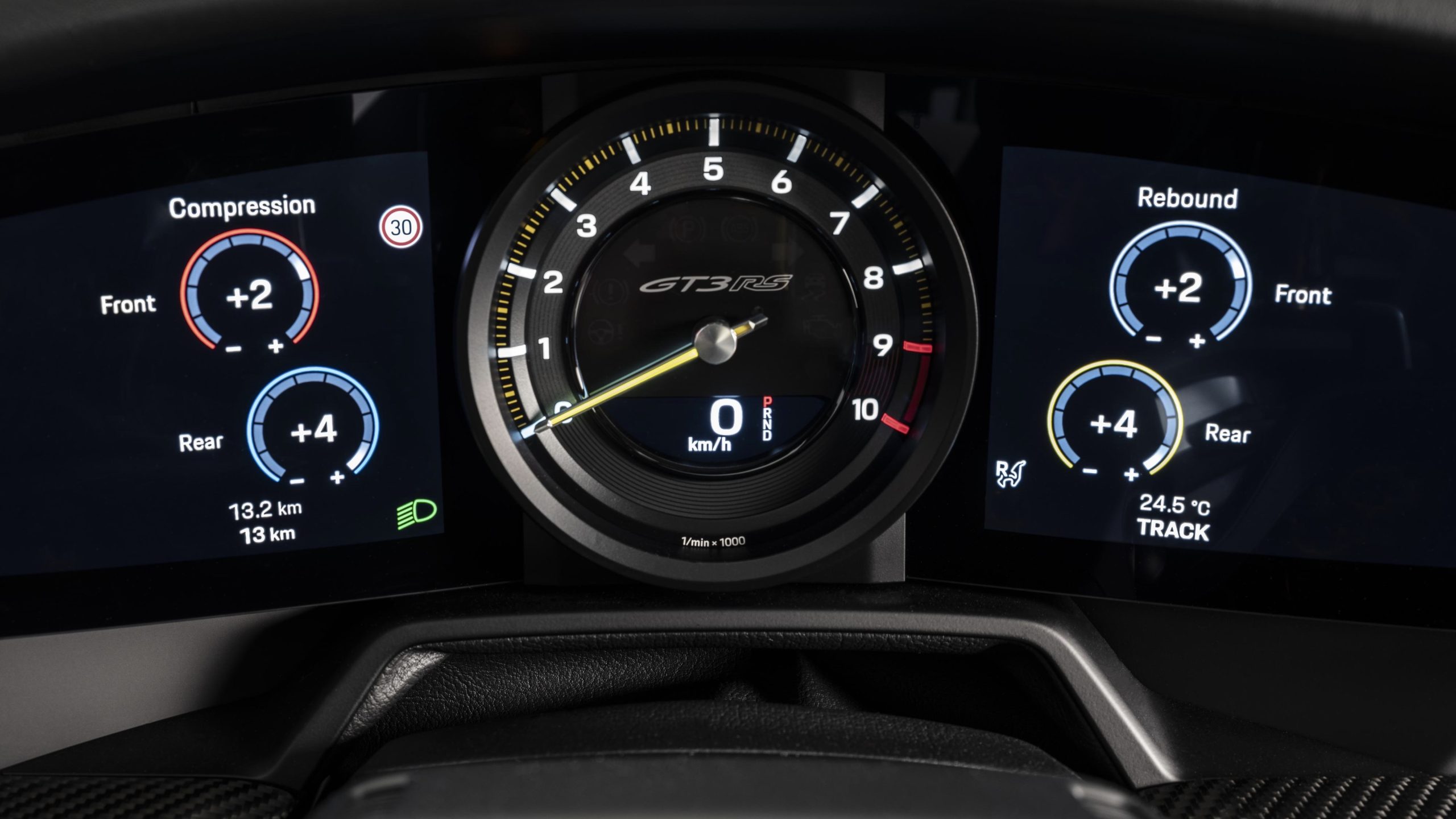
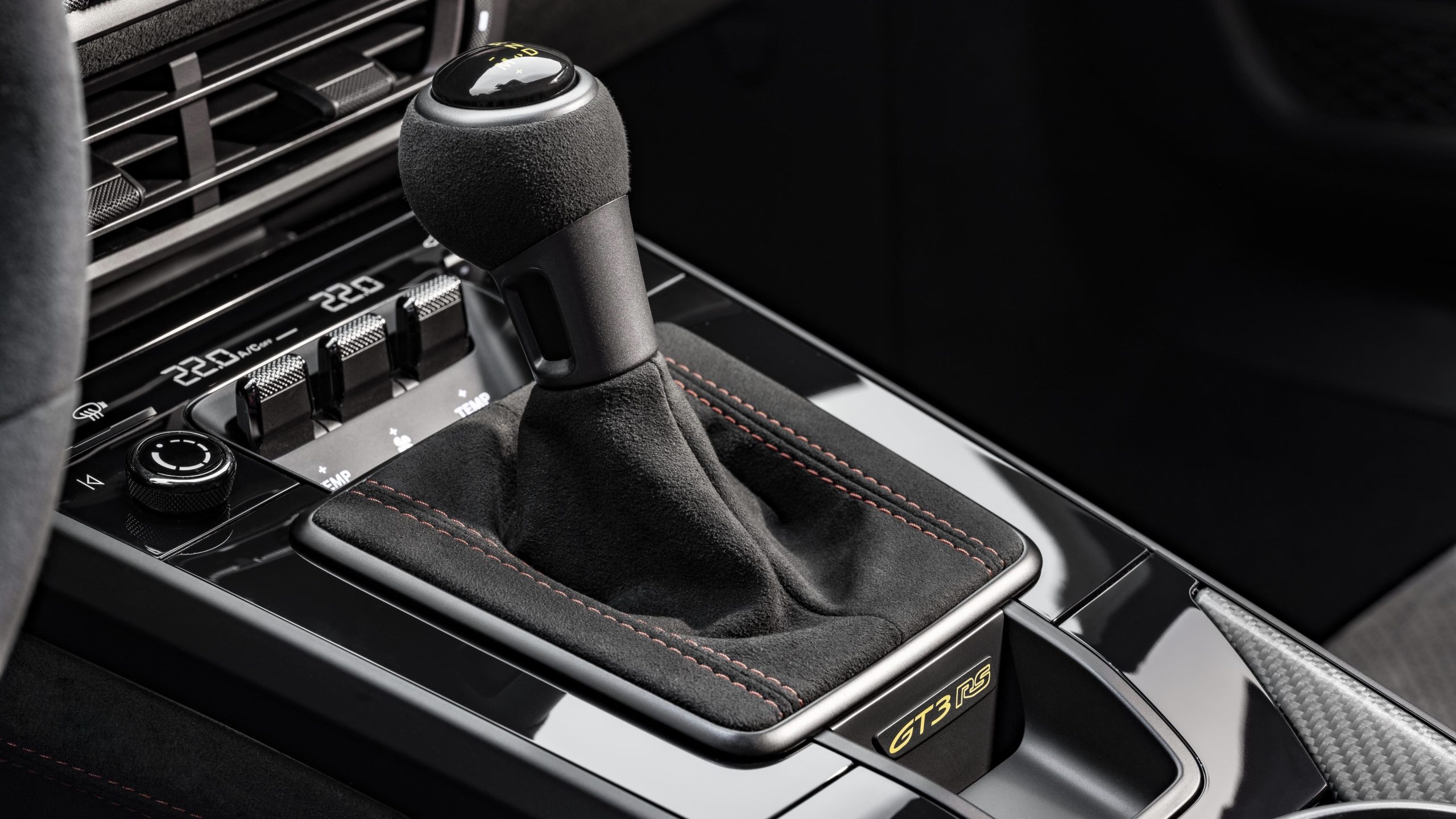
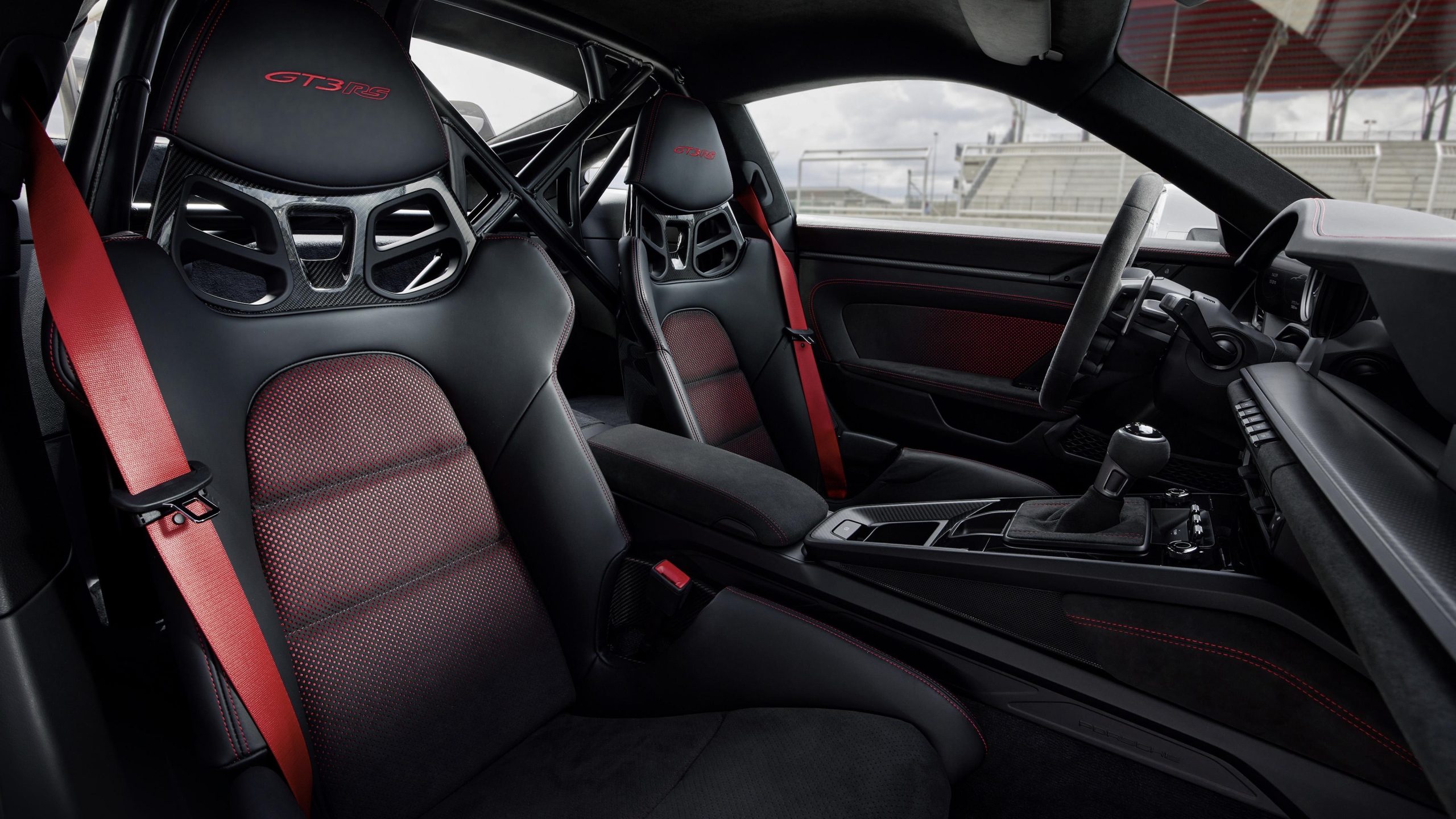
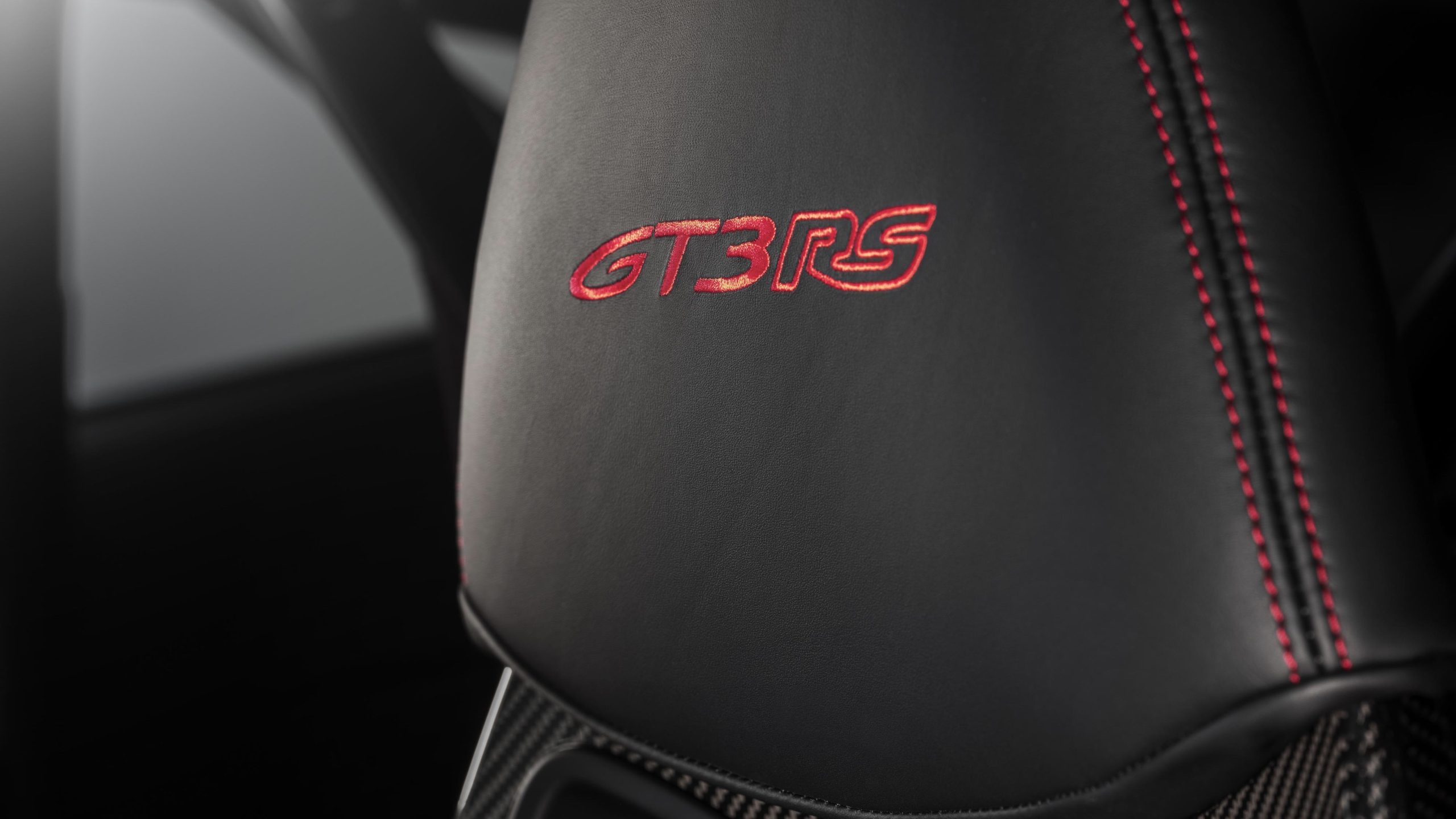
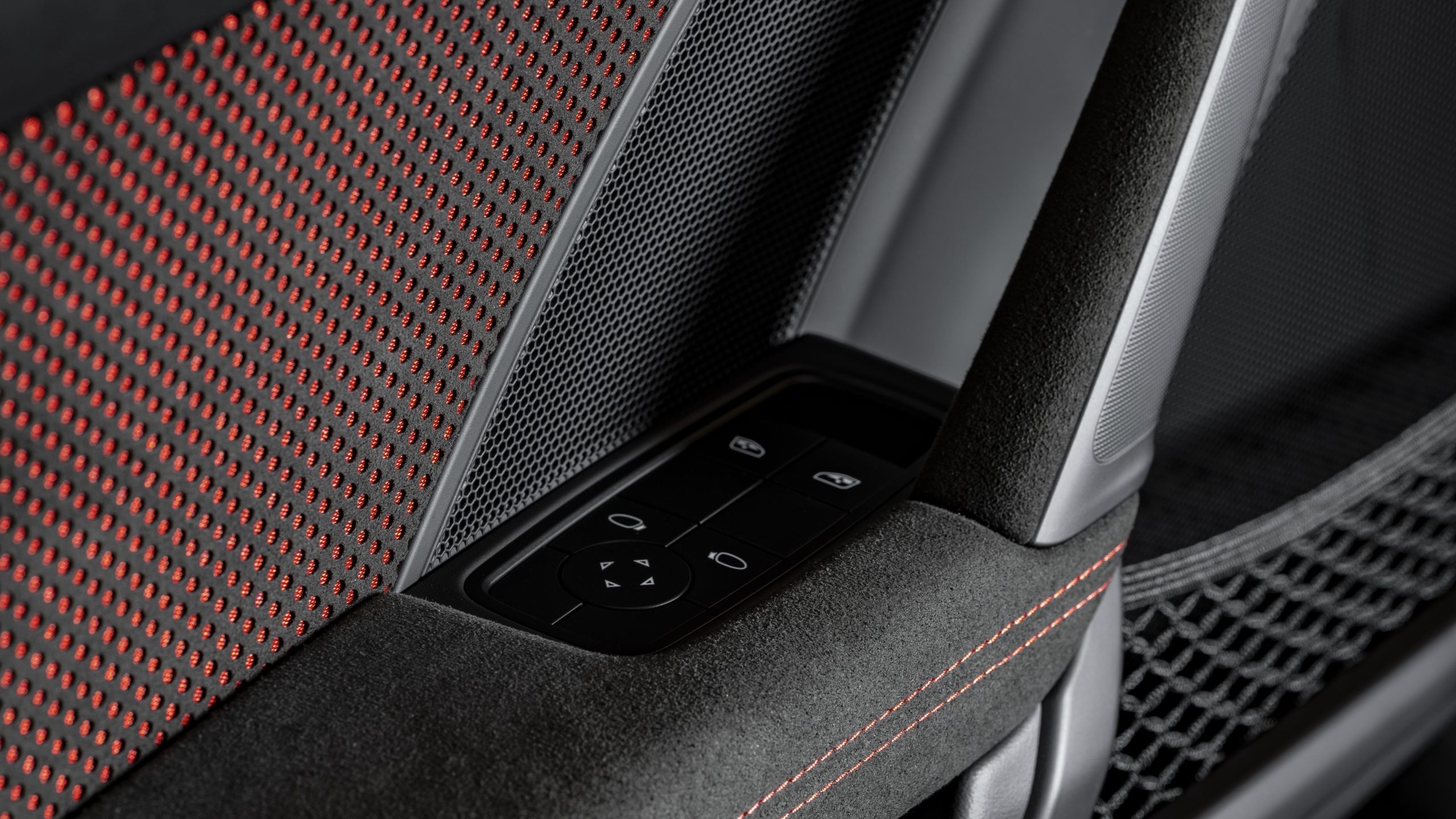
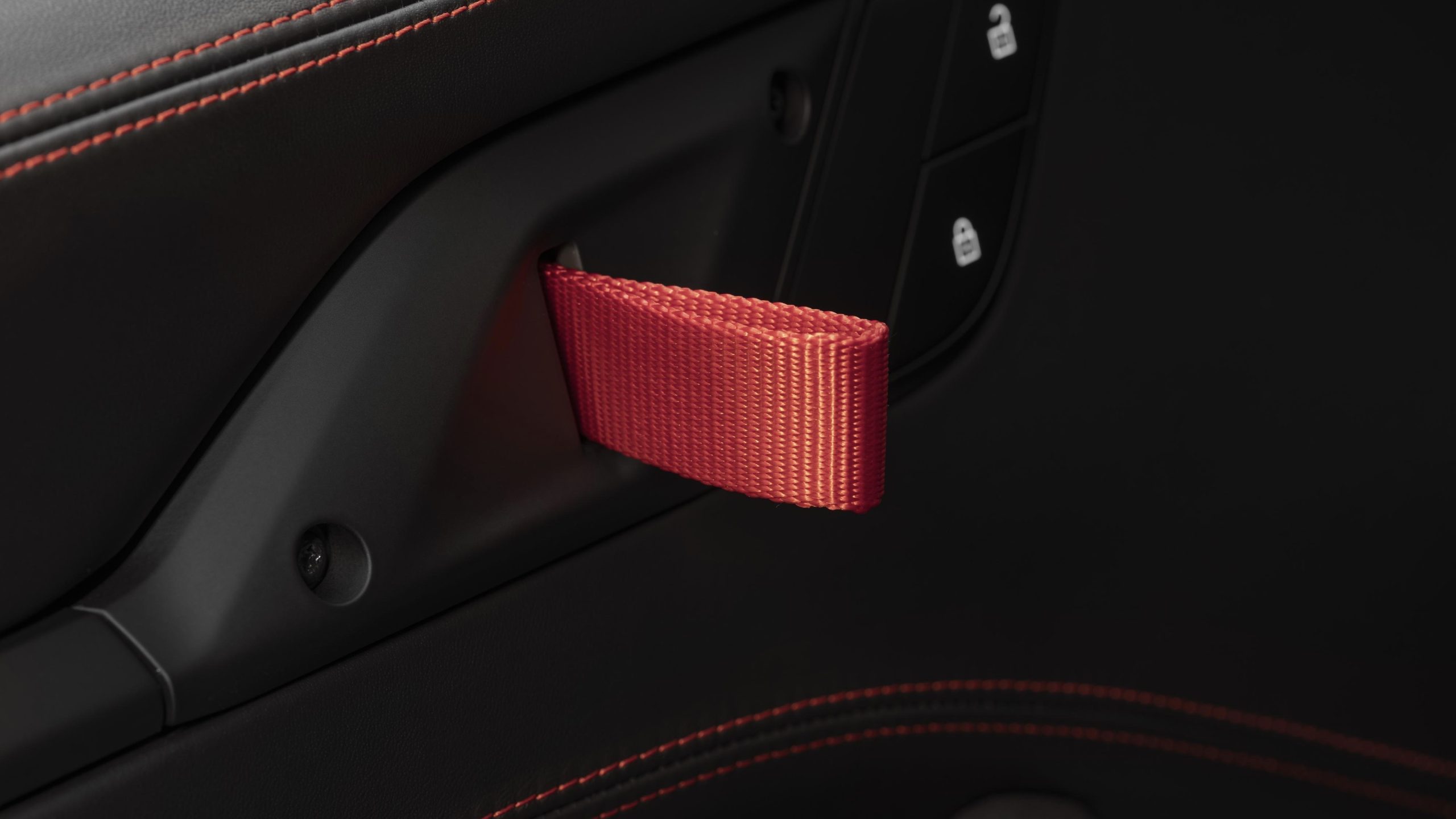





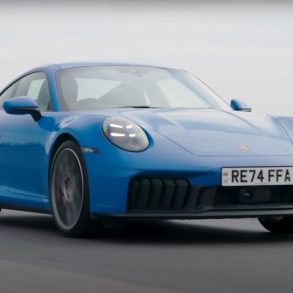

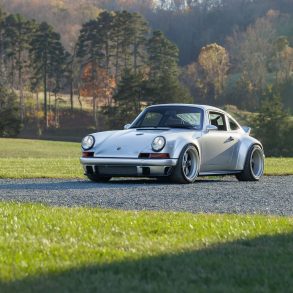


Porsche has done it once again! From an UGLY GT3 to an even UGLIER GT3 RS. Since the Volkswagen takeover, the tradition of ugliness continues in both Audi and Porsche. Maybe a bunch of ricers were hired to design this one. Keep up the great work of killing a Porsche!
0
As a professional photographer and motorsports writer, I can say they make great photography and writing subjects!
0